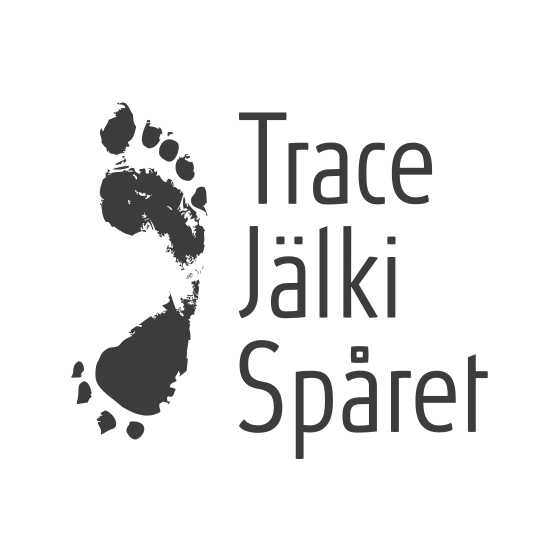A desirable privation: Exploring silence as a mode of zoo visiting
DOI:
https://doi.org/10.23984/fjhas.116665Keywords:
animals, listening, silence, sound, zoos, human-animal interactionsAbstract
This article describes and discusses a set of exercises in silent zoo visiting conducted at two zoos in the Southwest of the UK in 2019. The visits were part of a wider project on the auditory culture of zoos, institutions which have tended to be analysed by reference to their concern with the visual display of captive other-than-human animals (henceforth animals). Linking ideas on silence that have emerged from work in anthropology and sound studies respectively, the article explores the notion that among many other affordances, silence can generate opportunities for reflection and the consideration of alternatives, in this case in relation to a prevailing zoo visiting culture often characterised by loud anthropogenic sound. Examining extracts and observations from discussions among participants, the article illustrates how this novel form of visiting fostered a variety of types and qualities of experience. It also provided an impetus for participants to notice and focus on specific animals and aspects of animal lives they might not otherwise have considered. Such meditation could foster feelings of connection to particular zoo animals, while also opening up possibilities for more detached contemplation. The silent visits led participants to produce critical perspectives on conventional zoo visiting, and to imagine future possibilities for the auditory culture of zoos. The article shows that silence can serve as a productive methodological tool in the exploration of human-animal relations, and demonstrates how sound is integral to the formation of those relations within, and by implication beyond, the zoo.

Downloads
Published
Issue
Section
License
Copyright (c) 2023 Tom, Alex, Adam, Sam, Paul

This work is licensed under a Creative Commons Attribution 4.0 International License.





